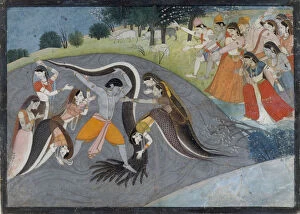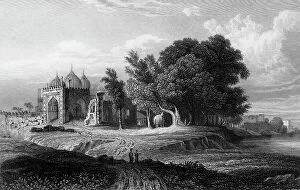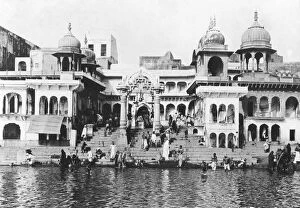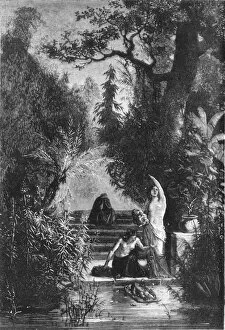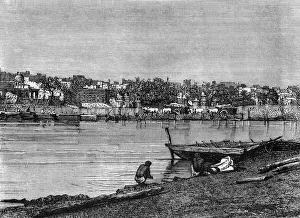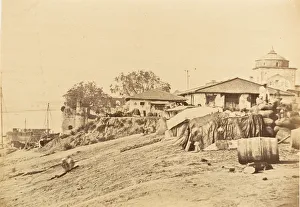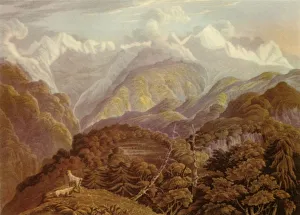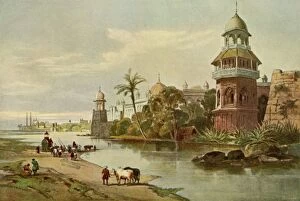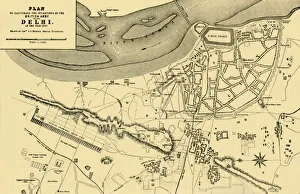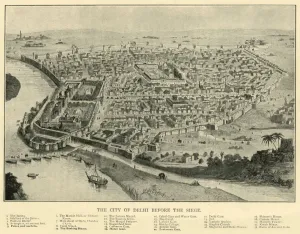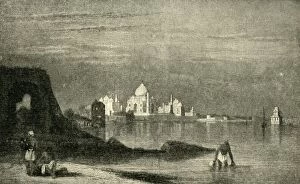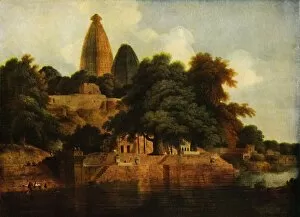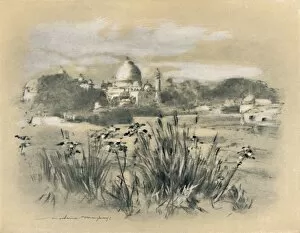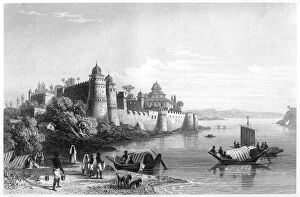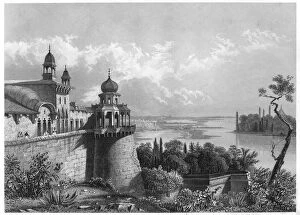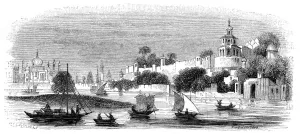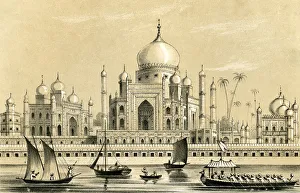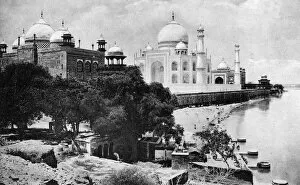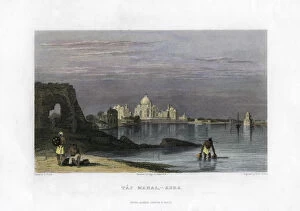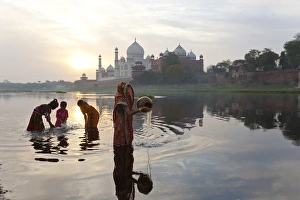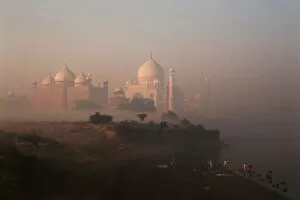River Yamuna Collection
The River Yamuna, flowing through the heart of India, holds within its waters a rich tapestry of history and culture
All Professionally Made to Order for Quick Shipping
The River Yamuna, flowing through the heart of India, holds within its waters a rich tapestry of history and culture. From ancient legends to architectural marvels, this sacred river has witnessed it all. One such legend is that of Krishna Subduing Kaliya, the Snake Demon. Depicted in a folio from the Bhagavata Purana Series, this tale showcases Krishna's bravery as he tames the mighty serpent and restores peace along the banks of Yamuna. Speaking of its banks, one cannot ignore the majestic Taj Mahal standing tall as a UNESCO World Heritage Site. Captured at sunset from a boat on the River Yamuna, this iconic monument reflects in its pristine white marble beauty against the tranquil waters. Moving further downstream lies Muttra with its historic bathing ghat on the Yamuna River. Dating back to 1917, this image takes us back in time when devotees would gather here for spiritual cleansing and rituals. However, not all stories associated with Yamuna are pleasant. The haunting image titled "Infanticide on the Banks of Jumna" by James Grant reminds us of darker times when such practices prevailed along these shores during colonial India. Yet amidst these contrasting tales lies another enchanting view - that of Muttra captured by James Grant in 1891. This picturesque scene transports us to an era where life thrived along Yamuna's fertile banks and communities flourished. As we journey upstream towards Agra, we catch glimpses of historical moments frozen in time. John Murray's late 1850s depiction reveals an early glimpse into what would become one of mankind's greatest architectural wonders - The Taj Mahal - rising gracefully beside Yamuna's gentle flow. Further capturing our imagination is John Murray's portrayal from 1858-62 showcasing The Taj Mahal from the Banks of Yamuna River. Its ethereal beauty mirrored upon these waters leaves us awe-inspired, understanding why it is considered one of the wonders of the world.

